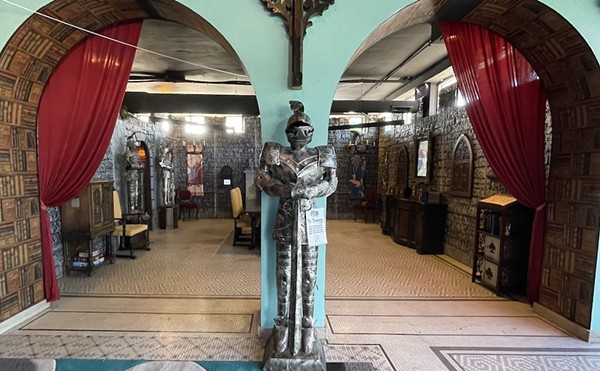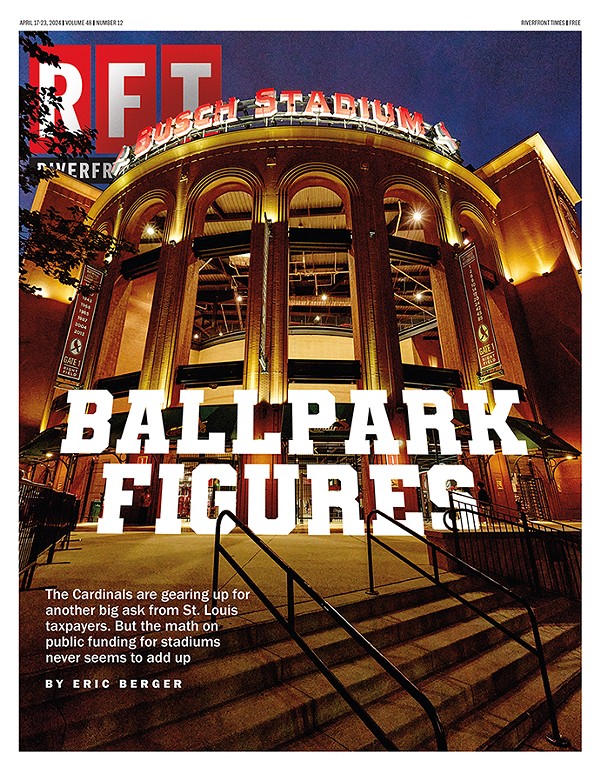That's both because there's a walk-through maze visitors can easily become lost in, and because trying to solve the many other challenges in the exhibit tends to bring on a mental fugue state. You find yourself sauntering up to a rope-entanglement puzzle or a tangram, thinking it'll be no sweat, but it's harder to solve than you expected. You work and work and work on the damned thing, until the people you came with are telling you that it's time to go -- now!
It doesn't matter. Once you start a puzzle and commit some time to it, you feel that you have to see it through. Time stops while you're trying different methods, and the world outside your mind disappears.
Truly, this is as interactive as it gets, and not by virtue of some flashy exhibit with sounds and lights, but because there are hundreds of opportunities to become lost in thought.
There are brainteasers that are solved by working with magnets, math games, jigsaw puzzles and sculptural riddles as well as a surprising variety of mind games of all kinds spread out at various stations. The oversized attractions include a giant version of the "Tower of Hanoi" pegs-and-rings challenge, a puzzle of ropes that you clip yourself into with a carabiner and then try to escape from, and a people-sized maze lined with displays about optical illusions.
There's also a lounge with computer games, cryptograms and crossword puzzles; two- and three-dimensional paper-puzzle crafts to take home; and an area with simple block puzzles and static-electricity experiments for kids aged five and younger.
Beverly Hills collector and author Jerry Slocum has also lent the science center hundreds of antique and unusual puzzles that are on display. These include the mystifying arrow-in-the-Coke-bottle, medieval puzzle padlocks and a Rubik's Cube for the blind.





